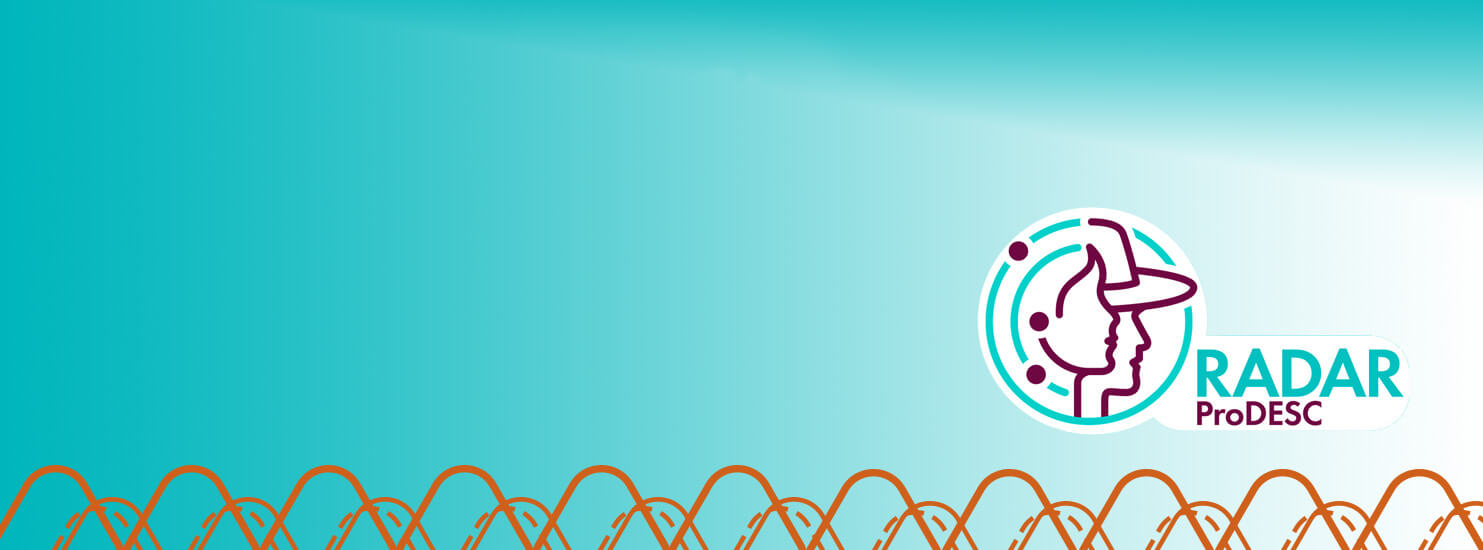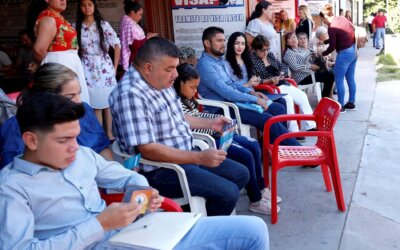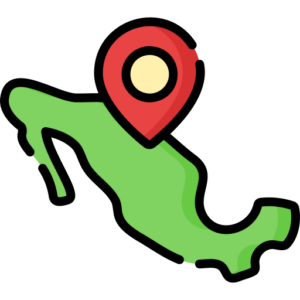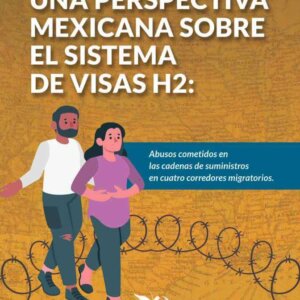
..
 DESCRIPTION
DESCRIPTION
The RADAR Program was created in 2015 as a tool to confront abuses occurring during the process of recruiting migrant workers under the H-2 visa system.
RADAR serves to hold employers in the United States (US) accountable for abuses committed by their recruiters in Mexico. In that sense, it focuses on investigating supply chains.
FREQUENT ABUSES DURING THE RECRUITMENT PROCESS:
– Charge for the visa process.
– Sexual harassment.
– Not knowing their employment contracts or show documents only in English.
– Condition the granting of the Visa in exchange for not denouncing abuses.
– Force applicants to use exclusive recruiter services (transportation, hotels, etc.)


FREQUENT ABUSES DURING WORK ACTIVITIES:
– Denial of access to social security.
– Prohibition of labor union association.
– Non-payment of wages, rest days and vacations.
– Discrimination and social exclusion.
OBJECTIVE:
RADAR has the objective to activate enforceability and justiciability mechanisms with the participation of migrant workers to force the stakeholders who benefit most from the structure to commit to guaranteeing labor rights. Also, has the objective of being a useful tool to eradicate abuses in the recruitment into the H-2 visa system.
Abuses to labor rights in the H-2 Visa system respond to a variety of structural causes, for that reason, RADAR program has the particularity of being based on joint liability, meaning, that all the stakeholders involved in the recruitment should be aware of the abuses and assume co-responsibility.
.
How it works?
RADAR focuses on the legal concept of knowledge that is established in the H-2A and H-2B visa regulations and that requires employers to prohibit recruiters from charging fees.
However, one challenge has been to prove that they are aware of their recruiters actions. In this sense, RADAR take care this problem in the following way:

When there is knowledge of a case of abuse during the recruitment, a contact telephone call is made.

It is determined if the case meets the characteristics of RADAR: Human rights violation during recruitment by a recruitment agent or company in Mexico.

Supply chains are investigated from the worker to the employer (labor supply chain), as well as that of employers, to the brands that finally sell the product/service to the consumer (product supply chain).

Supply chain stakeholders are notified.

Continuous monitoring of all the stakeholders involved in the process.
Mario’s history

Mario is from Topolobampo, a port located in the township of Ahome in the state of Sinaloa, Mexico. Through some friends, he knew that a company in California, United States, was hiring temporary workers to grow raspberries under the H-2A visa.
Excited by the opportunity to go to work in the United States, he contacted Fermín and Cecilia, two people in charge of recruiting workers for a company in California.

Although, he initially thought it was good news that he was going to be hired but the conditions were very abusive. First of all, he had to pay 700 USD in cash to the recruiters.
Mario’s poor condition forced him to take out a loan in order to cover the requested fee with the hope of paying it back by the time he was working in California. In May 2019 he delivered the money.

Fermín and Cecilia told him that they would take care of all the visa paperwork, and they suggested him get ready to travel around July 2019.
Months passed and Mario received no more information. By August, Fermín and Cecilia had disappeared. Mario never went to work in the United States and now he must work triple shifts in Sinaloa to pay off the loan.
 From RADAR, we investigated Fermín and Cecilia and found that they were recruiters for a company in California in 2018. However, thanks to information provided by the United States Department of Labor, we discovered that they were no longer hired as intermediaries. We sent a notification letter to the company to aware them of the illegally actions by their ex-intermediaries. Also, we ask them to help us with the contact of them.
From RADAR, we investigated Fermín and Cecilia and found that they were recruiters for a company in California in 2018. However, thanks to information provided by the United States Department of Labor, we discovered that they were no longer hired as intermediaries. We sent a notification letter to the company to aware them of the illegally actions by their ex-intermediaries. Also, we ask them to help us with the contact of them.

Mario’s case has allowed other people in Topolobampo not fall for this type of fraud. Like him, many people are deceived by fraudulent recruiters. RADAR wants to eradicate those abuses in transnational labor supply chains.
.
material to be shared
.
migrant assistance
contact us
.
what are supply chains?
Supply chains refer to all the stakeholders involved in the production processes of products or services. They range from the search for raw materials or labor, to their delivery to the final consumer.
The labor supply chain refers to workers, employers, companies, recruiters, and contractors.
The product supply chain refers to the employers, companies and brands that sell the final products.
In the H-2 system, these chains operate as follows:

The process begins when the US company seeks to hire foreign and temporary labor for which it is common to hire an intermediary (agents or recruitment companies).

The intermediaries will oversee mediating the recruitment process: searching for and selecting potential candidates, visa procedures, transfer, etc.

In the product supply chain are the large companies that sell the final products/services.

Brands hire a logistics company to manage their supply chain and it is common for the logistics company to seek the supply of the necessary materials and labor in countries where they can be obtained more cheaply.

Finally, there are the potential workers who are victims of abuse from recruitment, but who develop throughout the process: recruitment, hiring, workplace, return and rehiring.
The two kinds of supply chain (product and labor) are at the center of the global economy because the decision of companies to source workers through the labor supply chain is a result of pressure from brands in the product supply chain to generate low-cost production.
Labor supply chain
- Employers.
- Intermediary logistics companies.
- Intermediaries: recruitment agents or companies.
- Prospective H-2 workers.
Product supply chain
- Brands and large companies (Usually socially responsible companies).
- Employers.
- Intermediary logistics companies.



